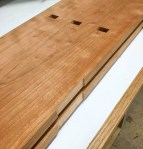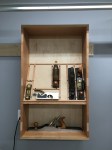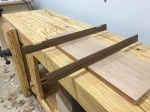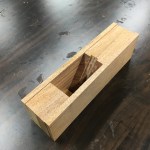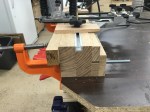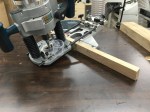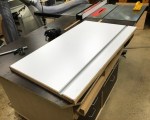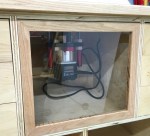A Bogg’s Inspired Shavehorse: The Base
Somethings go as planned. Others do not. The base of my shavehorse followed the latter. What seemed a simple, straight-forward glue-up ended up complicated and frustrating. However, in the end everything worked out and the base is complete.
At first glance, the base seems simple enough. Two sides, sandwich together with spacers between. The rear legs fit into angled dados, and everything is reinforced with pegs. However, the pegs fit somewhat tightly. So, I was unable to do a full-fledged dry-run of the glue-up. As a result, I ran into an unforeseen problem.
I lathered everything up with glue and went to town. The front went together easy enough. However, I immediately had problems with the rear. First, I aligned both sides with the rear spacer, and drove the peg through all three pieces. Then, I started with the legs. Unfortunately, the legs fit a little too tight, so I started to drive them home with a dead-blow mallet. After a few moments, I realized I wasn’t making progress. Every time I drove the mallet, I was only shifting the legs; the space between them wasn’t growing any smaller. I began to fear that I was running out of time.
Fortunately, quick thinking and just the right amount of panic led to a solution. I clamped a stop on one side of the legs, and drove with the mallet from the other side. When they were close enough, I used two clamps to cinch them the rest of the way. Crisis averted!
With the shavehorse’s base complete, I will move on to the ratchet, key, treadle, etc. Stay tuned.


















